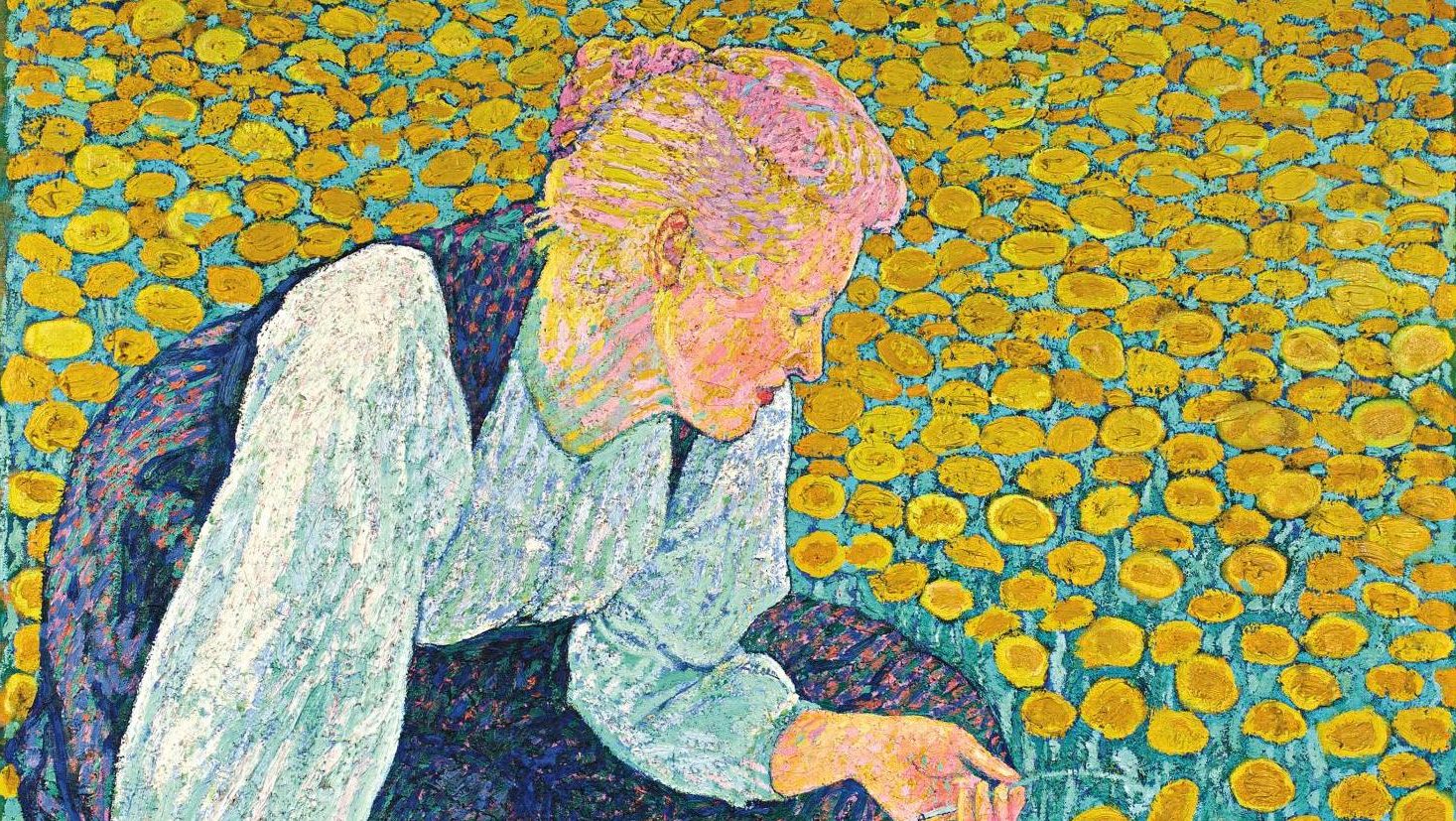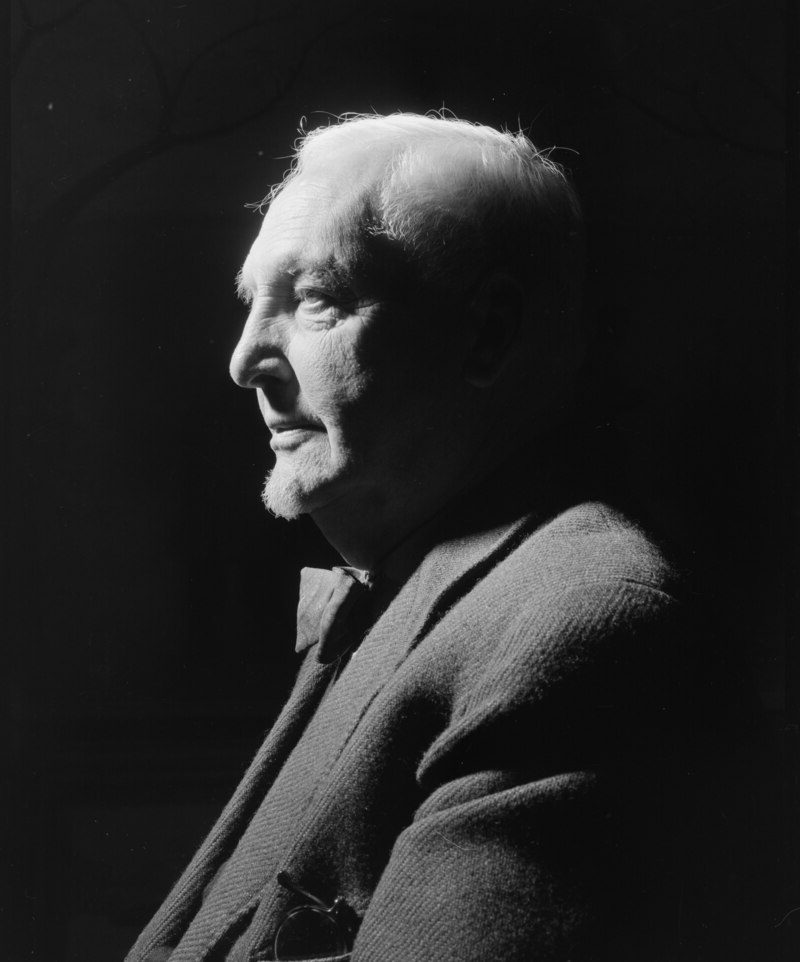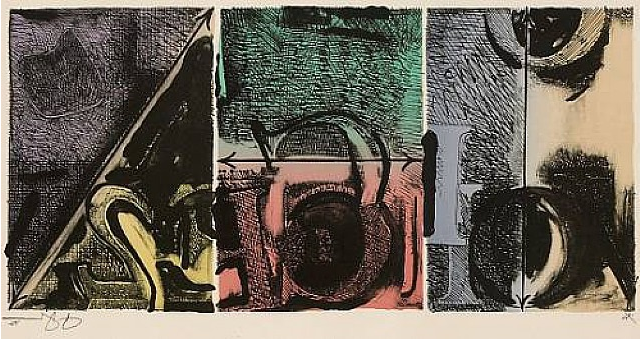Cuno Amiet Painter: Swiss Post-Impressionist Master of Color
Born: 28 March 1868, Solothurn, Switzerland
Death: 6 July 1961, Seeberg, Switzerland
Art Movement: Expressionism, Post-Impressionism
Nationality: Swiss
Teachers: Adolphe-William Bouguereau, Tony Robert-Fleury, and Gabriel Ferrier
Institution: Academy of Fine Arts, Munich and Académie Julian, Paris
Cuno Amiet Painter: Swiss Post-Impressionist Master of Color
Biography and Artistic Development
Cuno Amiet’s life was shaped by his passion for art and the diverse influences he encountered. His journey from a small Swiss town to the vibrant art scenes of Europe molded him into a pioneering Swiss modernist painter.
Early Life and Education
Cuno Amiet was born on May 28, 1868, in Solothurn, Switzerland. His father, Johann Joseph Amiet, worked as a state archivist. Amiet’s artistic journey began early, with painting lessons starting in 1882 at age 14.

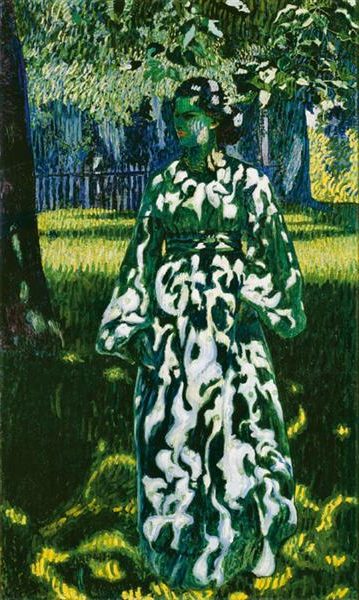
In 1886, Amiet moved to Munich to study at the Academy of Fine Arts. This marked the beginning of his formal art education. He later continued his studies in Paris at the Académie Julian, a popular school for aspiring artists.
During his time in Paris, Amiet learned from well-known artists like Adolphe-William Bouguereau, Tony Robert-Fleury, and Gabriel Ferrier. These early experiences laid the foundation for his future artistic development.
Influential Relationships
Amiet formed key friendships that shaped his artistic path. He met Giovanni Giacometti at the Académie Julian, starting a lifelong friendship. The two artists often painted together and influenced each other’s work.
In 1892, Amiet traveled to Pont-Aven in Brittany, France. There, he connected with a group of avant-garde artists including Émile Bernard and Armand Séguin. These artists exposed Amiet to new ideas about color and form.
Another important relationship was with Ferdinand Hodler, a fellow Swiss artist. Hodler and Amiet became leading figures in Swiss modern art, often exhibiting together and pushing artistic boundaries in their country.
Artistic Evolution and Style
Amiet’s style evolved throughout his career. His early work showed the influence of his academic training. But his time in Pont-Aven sparked a shift towards bolder colors and simpler forms.
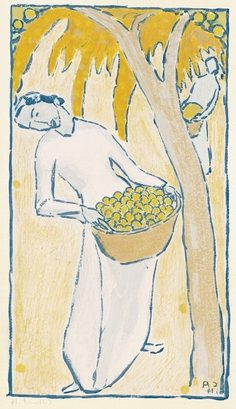

He became known for his use of vibrant colors and expressive brushwork. Landscapes, portraits, and still lifes were common subjects in his paintings. Amiet was particularly fond of painting winter scenes and fruit trees in bloom.
Over time, Amiet created more than 4,000 paintings. About 1,000 of these were self-portraits, showing his ongoing interest in self-examination through art. His work helped introduce French post-impressionism to Switzerland, making him a key figure in Swiss modern art.
Artistic Contributions and Techniques
Cuno Amiet made significant contributions to Swiss art through his innovative use of color and diverse artistic techniques. He explored various mediums and subjects throughout his long career.
Painting Techniques and Subject Matter
Amiet was a pioneer in Swiss modern art, focusing on the power of color in his compositions. He painted landscapes, portraits, and self-portraits using bold hues and expressive brushstrokes.
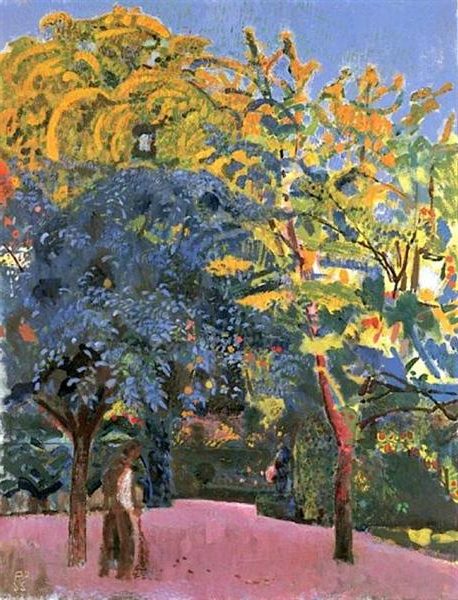
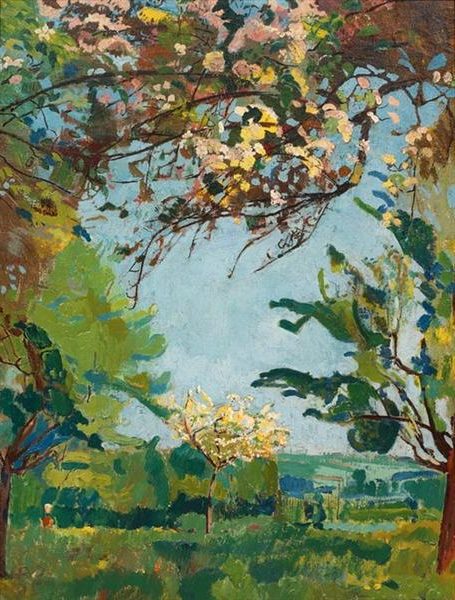
His winter scenes captured snowy landscapes with a keen eye for light and shadow. Fruit harvests were another favorite subject. Amiet depicted orchards and gardens bursting with vibrant colors. He often used pure, unmixed pigments to create a sense of pastel brilliance in his work.
Abstract elements appeared in some of Amiet’s paintings. He experimented with simplifying forms and emphasizing color relationships over realistic detail.
Sculpture and Other Art Forms
While best known for painting, Amiet also worked as a sculptor. He created three-dimensional pieces that showcased his understanding of form and space.
As an illustrator and graphic artist, Amiet produced prints and drawings. These works displayed his skill in line and composition. He illustrated books and created posters, bringing his artistic vision to a wider audience.
Amiet’s versatility allowed him to move between different art forms with ease. This range of skills enriched his overall artistic output.
Exhibitions and Recognition
Amiet’s work gained recognition through numerous exhibitions. His paintings were shown in Swiss galleries and museums throughout his career. International exhibitions also featured his art, spreading his influence beyond Switzerland.

Cuno Amiet’s Blumengarten (1936)
Art critics praised Amiet’s use of color and his contribution to modern art. His long and productive career led to a large body of work. Over 4,000 paintings, including more than 1,000 self-portraits, make up his artistic legacy.
Museums and private collectors sought out Amiet’s paintings. His art continues to be valued and studied today, cementing his place in Swiss art history.
Legacy and Impact on Modern Art
Cuno Amiet left a lasting mark on Swiss and international art. His bold use of color and innovative techniques influenced many artists who came after him.
Influence on Swiss and Global Art
Amiet played a key role in bringing modern art to Switzerland. His work helped connect Swiss art to wider European movements. He was one of the first Swiss painters to join the German Expressionist group Die Brücke. This link exposed Swiss artists to new ideas.

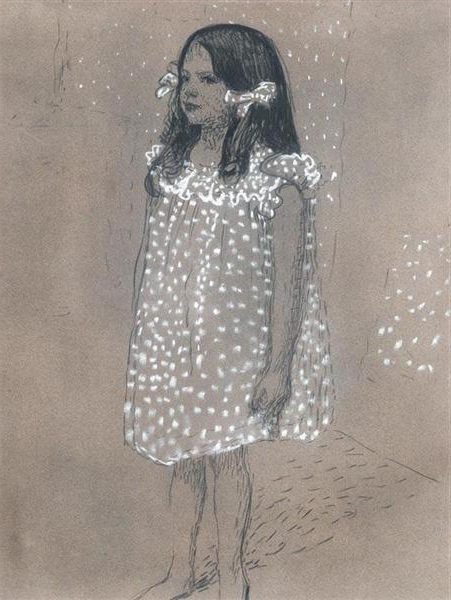
Amiet’s colorful style inspired many younger Swiss painters. His impact spread beyond Switzerland too. His time with the Pont-Aven School in France shaped his approach to color and form. This experience helped him blend French and German artistic ideas in his work.
Collection and Preservation of Works
Many of Amiet’s paintings are now in major museums. The Kunstmuseum Solothurn has a large collection of his art. Other Swiss museums like the Kunstmuseum Basel and Kunstmuseum Bern also have his works.
Some of Amiet’s paintings can be found outside Switzerland. The Musée d’Orsay in Paris has some of his art. His work has been shown at the Venice Biennale, spreading his influence globally.
Enduring Relevance in Art History
Amiet’s long career spanned many art movements. He started in the late 1800s and worked into the 1960s. This makes his art a bridge between different eras of modern art.
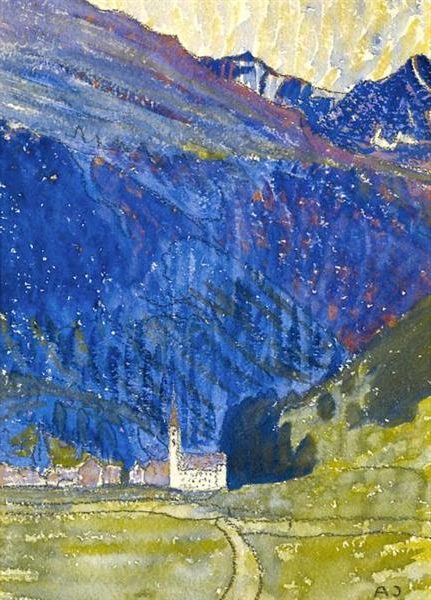
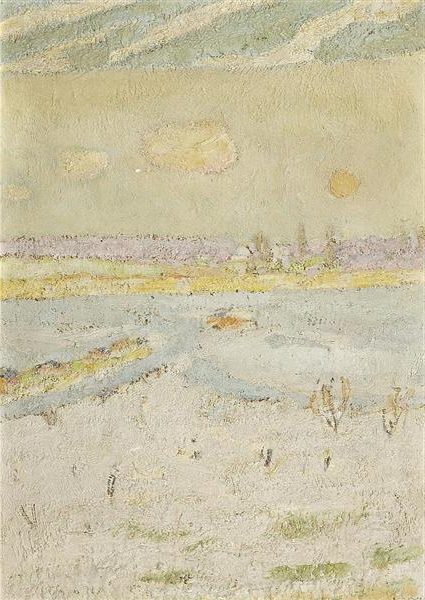
His paintings show the evolution of European art. They reflect changes from Impressionism to Expressionism and beyond. Art historians study Amiet’s work to understand these shifts in style.
Amiet’s focus on color and light continues to interest artists and scholars. His studies of space and abstract concepts were ahead of their time. This keeps his work relevant in discussions of 20th-century art.
Frequently Asked Questions
Cuno Amiet made significant contributions to Swiss art. His colorful works and innovative techniques influenced many other artists.
What is the artistic significance of Cuno Amiet in Swiss painting?
Cuno Amiet was a pioneer of modern art in Switzerland. He was the first Swiss painter to focus on color as the main element in his work.
Amiet’s bold use of color and expressive style helped move Swiss art in new directions. His paintings paved the way for other Swiss artists to experiment with modern styles.
Which museums hold the most substantial collections of Cuno Amiet’s artworks?
The Kunstmuseum Bern has a large collection of Amiet’s paintings. The Kunstmuseum Solothurn, in Amiet’s hometown, also displays many of his works.
Other Swiss museums with Amiet paintings include the Kunsthaus Zürich and the Museum of Fine Arts in La Chaux-de-Fonds.
How did Cuno Amiet contribute to the development of modern art in Switzerland?
Amiet brought new ideas from Paris back to Switzerland. He introduced Swiss artists to Post-Impressionist and Fauvist styles.
His colorful landscapes and portraits inspired other Swiss painters. Amiet’s work helped bridge the gap between traditional and modern Swiss art.
Can you provide an overview of the Cuno Amiet Foundation and its role in preserving the artist’s legacy?
The Cuno Amiet Foundation manages the artist’s estate. It works to keep Amiet’s art and memory alive.
The Foundation organizes exhibits of Amiet’s work. It also supports research and publications about the artist.
What are some of the characteristic features of Cuno Amiet’s painting style?
Amiet used bright, bold colors in his paintings. He often applied paint in thick layers to create texture.
His style changed over time, but always focused on color. Amiet painted landscapes, portraits, and still lifes with equal skill.
How do Cuno Amiet’s works reflect the influence of Impressionism and Post-Impressionism?
Amiet learned from the Impressionists’ use of light and color. He took these ideas further, using even brighter hues.
Like the Post-Impressionists, Amiet used color to express emotion. His paintings often feature simplified forms and strong outlines.

